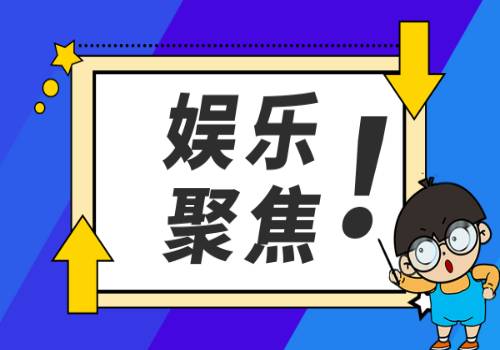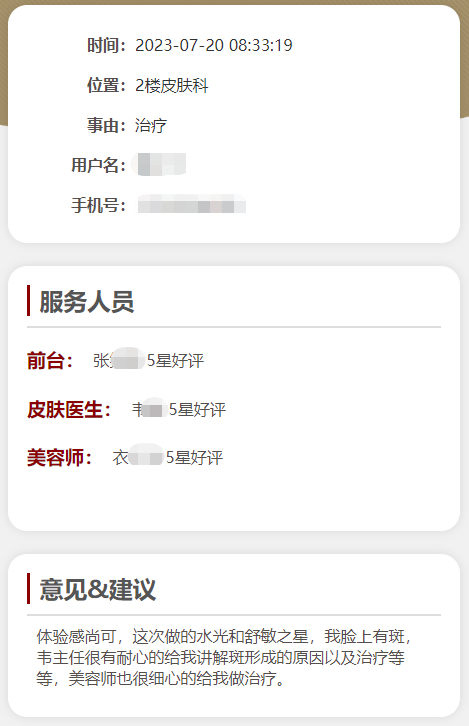 (资料图)
(资料图)
两两交换链表中的节点(力扣24.)
- dummyhead .next = head;
- cur = dummyhead;
- while(cur.next!=null&&cur.next.next!=null)
- temp = cur.next;
- temp1=cur.next.next.next;
- cur.next= cur.next.next;
- cur.next.next=temp;
- temp.next=temp1;
- cur = cur.next.next;
- return dummyhead.next;
/** * Definition for singly-linked list. * public class ListNode { * int val; * ListNode next; * ListNode() {} * ListNode(int val) { this.val = val; } * ListNode(int val, ListNode next) { this.val = val; this.next = next; } * } */class Solution { public ListNode swapPairs(ListNode head) { //只是用一个temp指针 ListNode dummyHead = new ListNode(); dummyHead.next = head; ListNode cur = dummyHead; while(cur.next != null && cur.next.next != null){ //临时指针存储cur的next,因为在操作后会变成孤立节点 ListNode temp = cur.next; //操作进行 cur.next = cur.next.next; temp.next = cur.next.next; cur.next.next = temp; //下一循环 cur = cur.next.next; } return dummyHead.next; }}删除链表的倒数第N个结点
- 双指针
- 等距离双指针删除链表倒数第N个元素,注意指针应该停留在删除目标的前一个元素
- 为实现上述目标可以令快指针先走n+1步且终止条件为fast==null
- 或者快指针先走n步且终止条件为fast.next==null,以下方法使用第二种
/** * Definition for singly-linked list. * public class ListNode { * int val; * ListNode next; * ListNode() {} * ListNode(int val) { this.val = val; } * ListNode(int val, ListNode next) { this.val = val; this.next = next; } * } */class Solution { public ListNode removeNthFromEnd(ListNode head, int n) { //双指针 ListNode dummyHead = new ListNode(); dummyHead.next = head; ListNode cur = dummyHead; ListNode post = dummyHead; while(n > 0){ post = post.next; if(post == null){ return null; } n--; } while(post.next != null){ post = post.next; cur = cur.next; } if(cur.next != null){ cur.next = cur.next.next; }else{ cur.next = null; } return dummyHead.next; }}面试题:链表相交(力扣面试题02.07)
- 简单来说,就是求两个链表交点节点的指针。 交点不是数值相等,而是指针相等。
- 我们求出两个链表的长度,并求出两个链表长度的差值,并令curA为长度更大的一方。然后让curA移动到,和curB 末尾对齐的位置,然后以此求两指针是否相同
/** * Definition for singly-linked list. * public class ListNode { * int val; * ListNode next; * ListNode(int x) { * val = x; * next = null; * } * } */public class Solution { public ListNode getIntersectionNode(ListNode headA, ListNode headB) { ListNode curA = headA; ListNode curB = headB; int lenA = 0; int lenB = 0; while(headA != null){ headA = headA.next; lenA++; } while(headB != null){ headB = headB.next; lenB++; } headA = curA; headB = curB; if(lenA < lenB){ ListNode temp = headB; headB = headA; headA = temp; int tempInt = 0; tempInt = lenB; lenB = lenA; lenA = tempInt; } int gap = lenA - lenB; while(gap != 0){ headA = headA.next; gap--; } while(headA != null){ if(headA == headB){ return headA; } headA = headA.next; headB = headB.next; } return null; }}环形链表(力扣142.)
- 判断链表是否有环
- 返回环的入口(如果存在)
- 快慢双指针判断是否有环:
- 快指针每次走两个结点,慢指针每次走一个结点
- 快指针对于慢指针的相对速度是每次一个结点
- 因此快指针和慢指针一定会在环里相遇
- y + z = 一圈;且y为慢指针在圈内走过的距离
- slow = x + y
- fast = x + y + n(y + z)//n为fast多余圈数
- 又因为fast = 2 * slow
- x + y + n(y+z) = 2(x + y)
- x = n(y + z) - y;
- 其中n应该大于等于1
- x = (n - 1)(y + z) + z;
- n=1时,x=z;两指针会在环入口相遇
- n!= 1 时,同理
- 即从相遇的地方开始,与起点开始的指针以相同速度移动,最后相遇的点就是入口
/** * Definition for singly-linked list. * class ListNode { * int val; * ListNode next; * ListNode(int x) { * val = x; * next = null; * } * } */public class Solution { public ListNode detectCycle(ListNode head) { //快慢指针,从快慢指针交界点开始与另一指针从头节点开始以相同速度进行,交点即为环入口 ListNode fast = head; ListNode slow = head; ListNode target = head; if(fast == null){ return null; } while(fast.next!= null &&fast.next.next !=null){ fast = fast.next.next; slow = slow.next; if(fast == slow){ break; } } if(fast.next == null||fast.next.next==null){ return null; } while(target != slow){ slow = slow.next; target = target.next; } return target; }}














































































